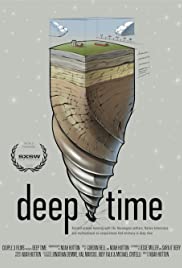
Ancient oceans teeming with life, Norwegian settlers, Native Americans and multinational oil corporations find intimacy in deep time. Following up his 2009 feature Crude Independence (SXSW), Deep Time is director Noah Hutton’s ethereal portrait of the landowners, state officials, and oil workers at the center of the most prolific oil boom on the planet for the past six years. With a new focus on the relationship of the indigenous peoples of North Dakota to their surging fossil wealth, Deep Time casts the ongoing boom in the context of paleo-cycles, climate change, and the dark ecology of the future.
You May Also Like
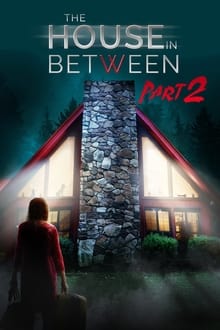
After Alice Jackson left her home due to a profound paranormal experience, world renown paranormal investigator Steve Gonsalves takes on the case making it his personal mission to help Alice face her fears so she can move back into her home. This film is the much anticipated follow up to the hit documentary The House in Between. Part two the continuation shows a detailed look at one of the most haunted homes in America and the real-life struggles of Alice Jackson and the team working to help Alice get back into her home. Science and the paranormal come together bringing one of the most thorough paranormal investigations ever documented. Who or what is haunting Alice’s home?

This feature documentary retraces the century of haggling by successive federal and provincial governments to agree on a formula to bring home the Canadian Constitution from England. This film concentrates on the politicking and lobbying that finally led to its patriation in 1982. Five prime ministers had failed before Prime Minister Pierre Elliott Trudeau took up the challenge in the early 1970s. Principal players in this documentary are federal Minister of Justice Jean Chrétien, Prime Minister Trudeau, 10 provincial premiers and a host of journalists, politicians, lawyers, and diplomats on both sides of the Atlantic.

The film is filled with fun facts that show how cats make good pets, yet in other ways are wild and untamable.

It was 1978 and the Romanian dictator Ceausescu was in control of the country. Artists were being prosecuted and isolated due to their “unacceptable” background and views. Amongst them stood the extremely talented musician Rodion Rosca. Although he was a radio star, his debut album was never released.

Chronicles the rise and fall of 1970s New York City nightclub Plato’s Retreat.

The opening of The Vasulka Effect couldn’t be more apt: Steina Vasulka addresses her husband Woody through various TV screens. He does the same and replies. A perfect image of the relationship between the free-spirited, groundbreaking pioneers of video art. After meeting in Prague in the early 1960s, they relocated from Czechoslovakia to New York, where they later founded The Kitchen, their legendary art and performance gallery.
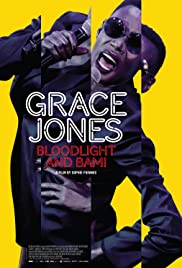
A documentary which traces the life of the magnetic, world-conquering, Jamaican musician, model and party queen Grace Jones.
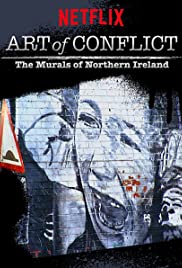
The murals of Northern Ireland are an expression of the region’s violent Troubles. ‘The Art of Conflict’ examines these murals through their painters and the people who live there, exploring this unique street art’s impact, purpose, and future.

Jackson Pollock said, “he makes the rest of us look academic,” Mark Rothko acknowledged him as a “myth-maker” and Clement Greenberg called him “a highly influential maverick and an independent genius.” Clyfford Still, one of the strongest, most original contributors to abstract expressionism, walked away from the commercial art world at the height of his career. Extremely disciplined, principled, and prolific, Still left behind a treasure trove of works like no other major artist in history. With a wonderful mosaic of archival material, found footage and audio recorded by the artist himself, Lifeline paints a picture of a modern icon, his uncompromising creative journey and the price of independence.

Three tonnes of stolen gold. Told from the inside by the police who were there, this is the true story of Britain’s biggest bullion heist.
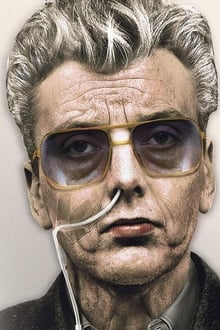
As 2015 marks a half a century since the Moors murderer was sentenced to life imprisonment, this documentary examines Ian Brady’s 50 years in jail. Among the contributors are prison officers, detectives, relatives of victims, pen pals and inmates who served time with him. They reveal how Brady has shown a psychopathic lack of connection with his crimes. Arrested and charged in 1965, he’s never been considered for parole, nor has he asked to be freed.
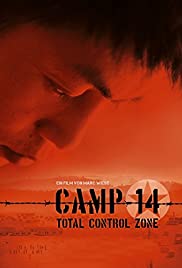
Shin Dong-Huyk was born on November 19, 1983 as a political prisoner in a North Korean re-education camp. He was a child of two prisoners who had been married by order of the wardens. He spent his entire childhood and youth in Camp 14, in fact a death camp. He was forced to labor since he was six years old and suffered from hunger, beatings and torture, always at the mercy of the wardens. He knew nothing about the world outside the barbed-wire fences. At the age of 23, with the help of an older prisoner, he managed to escape. For months he traveled through North Korea and China and finally to South Korea, where he encountered a world completely strange to him.